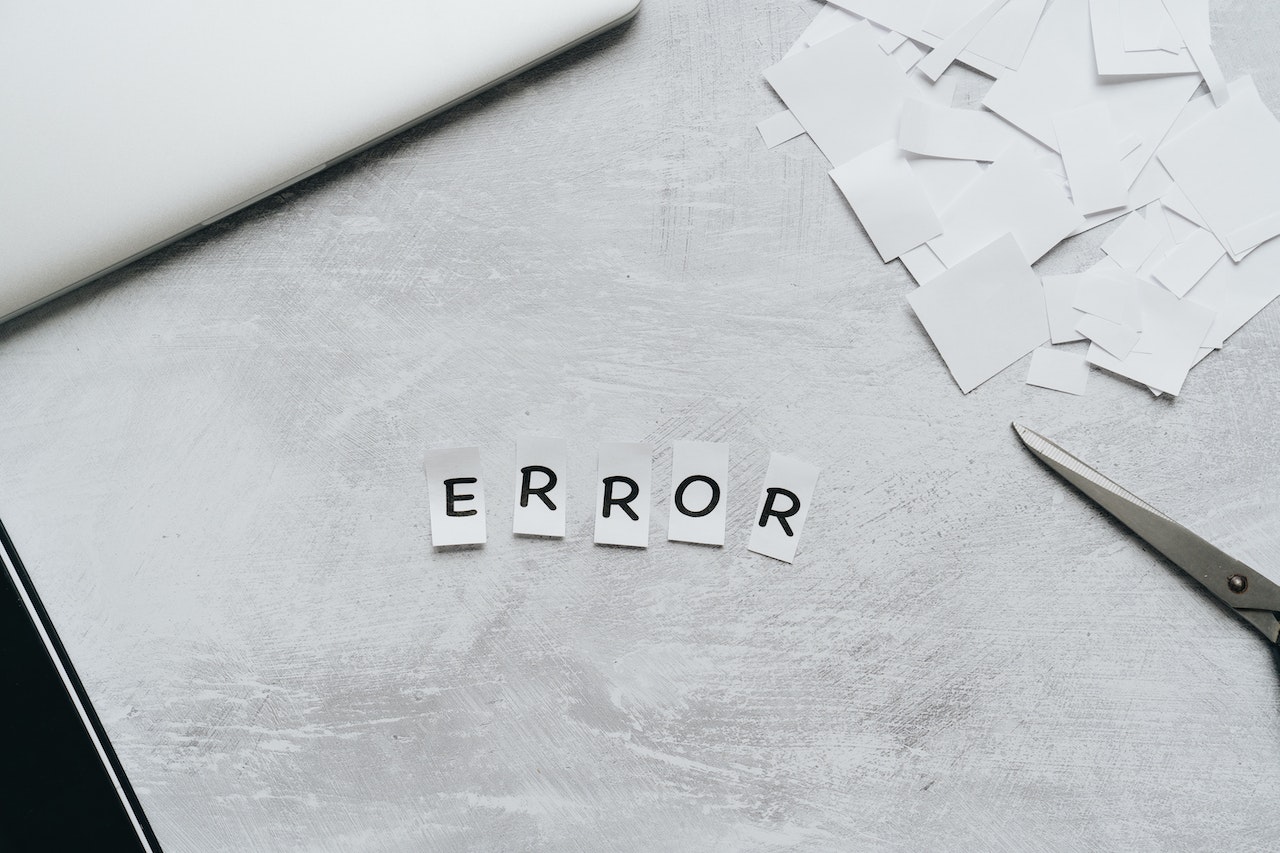Mechanical rules for writing are often developing and changing as language evolves.
We all know that the English language is vast and confusing. Just as there are rules that we should abide by for sentence construction, there are just as many contradictions to those rules. It can be frustrating. For this reason, it’s important for authors to hire editors that know how to help them avoid typical writing errors.
This article will cover four common mistakes seen in manuscripts, and I believe having this information can save you time during the self-editing stage. The goal is to help you steer clear of or remedy these errors.
Sentence Fragments
Sentence fragments often show up in writing; however, they are avoidable. They are the byproduct of forgetting to include a subject (also called a noun) or a verb in a sentence. An example of this is a sentence that reads:
The concert due to the rain.
This sentence is missing both the verb and the subject. An effective rewrite of this sentence is:
We (subject) canceled (verb) the concert due to the rain.
Punctuation Marks Within Closing Quotations
Quotations are meant to offset dialogue and direct quotes in writing. If you finish a complete thought within a quotation, determining where to place your punctuation mark can be a head scratcher.
When using US (also called American) English, punctuation is placed inside quotation marks. This distinction is necessary to make because, in other parts of the world, English follows British (or UK) rules.
Let’s observe the American version of this rule in action.
“I love you,” Jersey said. (comma in action)
“Please, may I have more?” Lucy asked (question mark in action)
“You will not!” Mom yelled. (exclamation mark in action)
As you can see in each of the three examples, the punctuation of choice is inside the closing quotation. It’s also worth noting that in the examples where a question mark and exclamation point are used, there is no comma placement after.


Commas Galore
A comma has many uses, but for now I’d like to focus on the general use of this special punctuation mark. Commas are used to denote a break in a sentence. Many well-meaning English Language Arts teachers have taught students that a comma should be placed anywhere you find yourself taking a break when reading a sentence aloud; however, this is a sort of half-truth. Commas have more intentional usage throughout a text and when effectively used, can significantly add to a manuscript.
Tense Switching
Tense switching is another aspect of writing that is confusing to grasp. The general guideline is to maintain a tense throughout a piece of writing, but there are times when using another tense makes sense.
Consider the following sentence:
I want to tell you a story: Yesterday, I went to the market, but they were out of eggs.
Want and tell are verbs in the present tense; conversely, went and were are past tense. The sentence conveys that in the present, I am telling a story about the past. In this context, it makes sense to do so.
Please understand that this article is taking a quite simplified approach to concepts that are, by nature, detailed. To get into the nuances of these sorts of mechanical writing issues, a well-studied copyeditor is the route to go.
If you find yourself in need of a copyeditor, I would love to work with you. Check out my services for authors page here.
Featured photo by Kelly Sikkema on Unsplash

